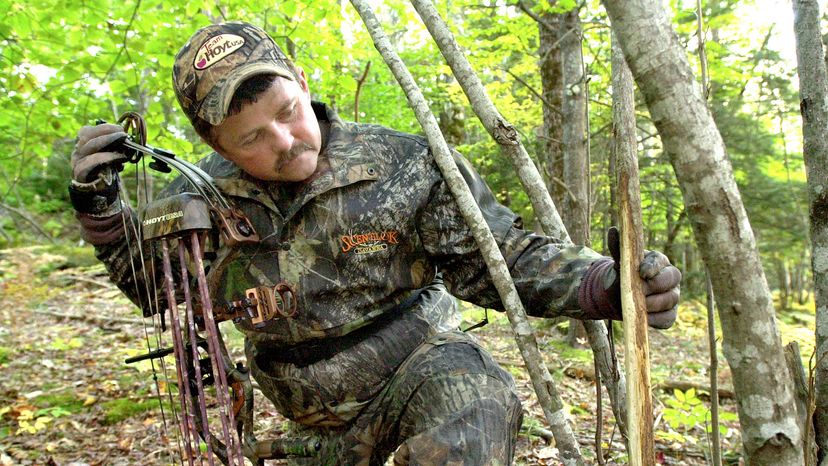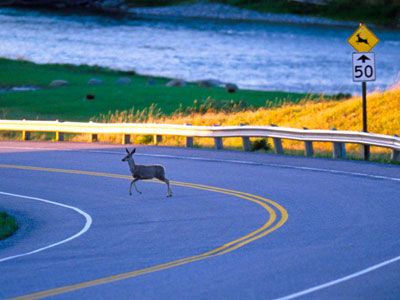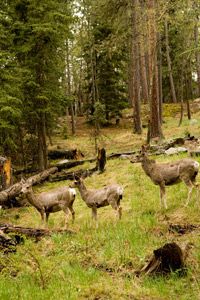
For hundreds of years, America's wilderness has been shrinking due to expanding cities and suburbs, leaving outdoors lovers like hunters with fewer opportunities. By around 1900, massive overharvesting by hunters drove America's deer nearly into extinction (less than a half-million deer, from a high of 45 million in 1450).
Legislators stepped into the fray, and improved conservation regulations changed what could've been an environmental embarrassment into a true wildlife success story. By 2000, the population had rebounded to 38 million deer. (Deer populations have declined slightly since then.)
Advertisement
These days, those millions of deer often live side by side with humans, and in suburban areas they rarely feel pressure from predators. That means they can freely gorge themselves on gardens, bird feeders and other easy food sources that their wilder brethren could only dream of. As such, these deer can achieve the huge girth and large antlers that hunters fantasize about.
Thus, whitetail deer populations are quite healthy — sometimes to the detriment of both the animals and people. City hunting can help balance wildlife populations, particularly in instances where the animals sometimes cause major problems.
"Urban deer hunting is a management practice used in many cities and suburban areas across the United States," says Jason Andrews, program manager of the Urban Deer Hunt in Cedar Rapids, Iowa. "In the early 2000s the City of Cedar Rapids was experiencing a high number of car versus deer collisions as well as significant vegetation degradation on private property. Many possible solutions were researched by a committee comprised of the Iowa DNR [Department of Natural Resources], City of Cedar Rapids officials, pro-hunters and anti-hunters."
Ultimately, their research determined that the most cost-effective and sustainable population management solution would be an annual urban bow hunt.
"Urban deer hunting is popular in cites that have a high urban/suburban/rural interface as well as wooded areas within their city," says Andrews via email. "In Cedar Rapids all quadrants of the city have appropriate habitat to sustain deer populations thus hunting is allowed. I must note that hunting is only allowed on private property. No parks, right of ways, or any other public ground [can] be hunted."
Andrews adds that there are distance requirements that hunters must maintain from neighboring properties; that way camo-bedecked hunters aren't strolling through congested or highly urbanized areas. And of course, hunters must obtain written permission from property owners.
"Our [Cedar Rapids] hunt is highly regulated to maintain privacy, proper distances, safety, and verification of hunters legality and ability to humanely hit their target," he says.
Advertisement


